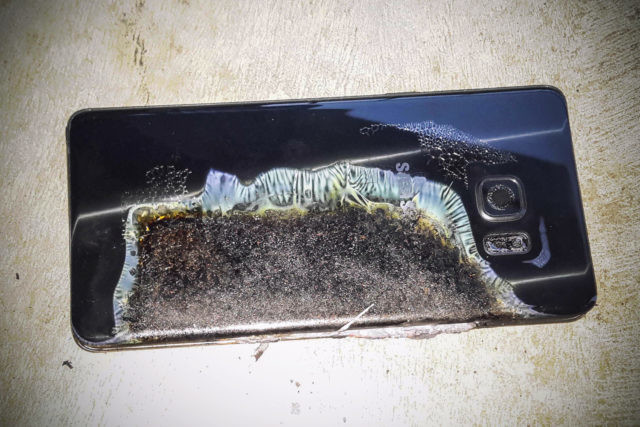
Using a technique known as cryo-electron microscopy, a team of scientists working on battery development were able to observe the chain reaction that sometimes causes lithium-ion batteries to explode.
In their paper entitled “Atomic structure of sensitive battery materials and interfaces revealed by cryo–electron microscopy,” the team pinned the blame on dendrites, small crystalline structures that are formed when an excess electrical charge passes through a lithium-ion battery. As they grow, these six-sided crystals can sometimes break the barriers between different parts of a battery, which will cause it to short-circuit and, sometimes, blow up.
During the course of their research, the team was able to freeze the batteries at different points and remove certain components. They were then able to observe how this affected the batteries on an atomic level.
Though this research was conducted on lithium batteries, the team says that this process can be used to examine any of the materials used in the construction of batteries.
“With cryo-EM, you can look at a material that’s fragile and chemically unstable and you can preserve its pristine state — what it looks like in a real battery — and look at it under high resolution. This includes all kinds of battery materials. The lithium metal we studied here is just one example, but it’s an exciting and very challenging one,” said lead researcher Yi Cui said.
The team is hopeful that their work will lead to the creation of safer batteries. Once we understand how dendrites are formed, battery makers can take steps to prevent them from forming, which will hopefully spare us another Note 7 incident.


